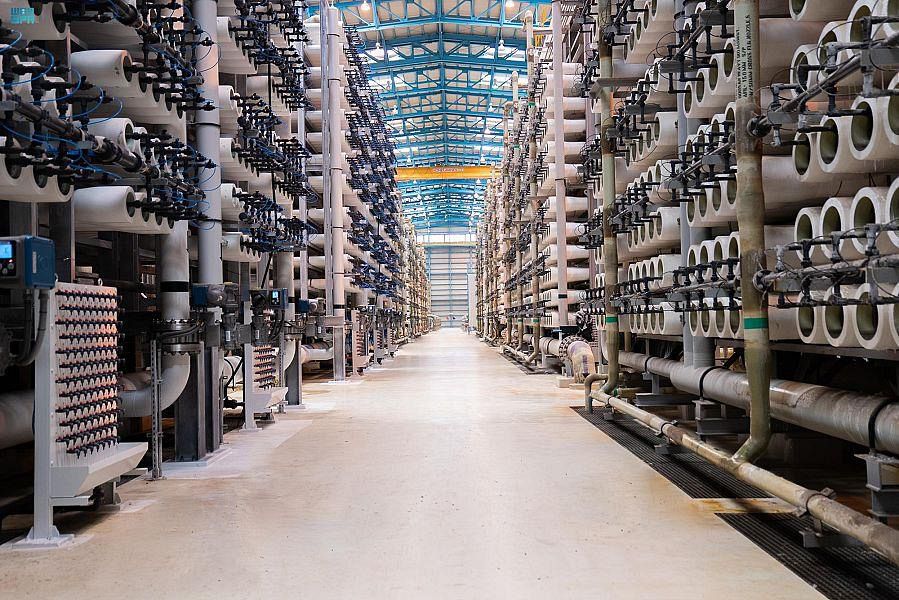
The UNs Intergovernmental Panel on Climate Change (IPCC) estimates that the sea level could rise by as much as 1 meter by 2100, or just over 3 feet. It based this estimate on carbon emissions.
The IPCC did not take the ice sheet melting into account, which some studies suggest could make the sea level rise even higher.
Even with an aggressive global reduction of carbon emissions, some estimates still predict a sea level rise of a 0.5 meter.
If either of these scenarios comes to pass, they will have numerous and grave consequences on communities and infrastructure around the world.
Resource Watch, a research platform run by the World Resources Institute, conducted a study in February 2020 to analyze how this sea level rise would impact one type of infrastructure in particular: airports.
The results showed that 44 airports will be impacted with a sea level rise of just a 0.5 meter. The other 36 wont be under threat until sea level reaches 1 meter or more.
Some of these airports are big, like Amsterdams Schiphol Airport, the 11th busiest in the world. Some are small, like Edward Bodden Airfield, located on Little Cayman Island.
Many are located on islands, which are naturally vulnerable to sea level rise.
Three of these airports are in the Netherlands, a country with a significant amount of land below sea level. A number are located in China. Many others are situated on island nations, which are already struggling with the impacts of climate change.











